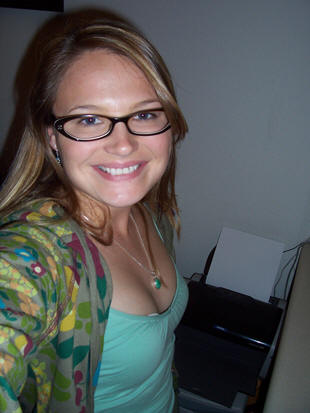Effects of light and column height on diel vertical migration
of the marine gastropod Kelletia kelletii
Previous studies have shown that larval behavior, specifically
diel vertical migration (DVM), can profoundly influence
dispersal outcomes. Marine veliger Kelletia kelletii
larvae exhibit DVM; larvae ascend at night and are demersal
during the day (see Melissa Romero's research description by
following the 'People' link). During summer 2007, as a new
UMEB-SCERP scholar, I worked with other scholars and Kim
Walker in the Zacherl lab to investigate how light and vessel
height influenced DVM behavior. We hypothesized that DVM
behavior would be light- initiated and would not be affected by
column height. We placed 100 larvae in replicate cultures (n =
4) under two different light treatments, natural (16:8) and a
dark-only photoperiod (0:24), and two different column heights
(15 or 125 cm). Vertical positions in the column were recorded
every 4 h for 24 h. Column height and the interaction between
photoperiod and time were significant (3-way full-factorial
ANOVA for photoperiod, column height and time). Cultures in
shorter columns had significantly greater proportions of
demersal larvae. During daytime, natural photoperiod treatments
had higher proportions of demersal larvae than dark-only
treatments; at night there was no significant difference between
light and dark treatments.
During summer 2008, I will pursue my own independent research. I
would like to explore the relationship between coastal
oceanographic features and larval distribution patterns of
Kelletia kelletii larvae or explore how variable food
sources affect the pelagic larval duration of this species.

